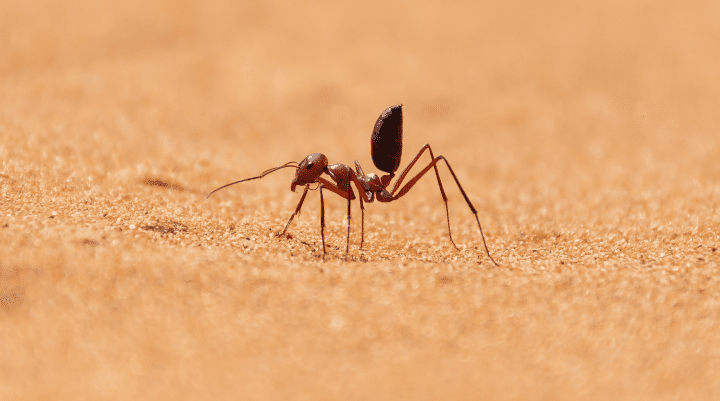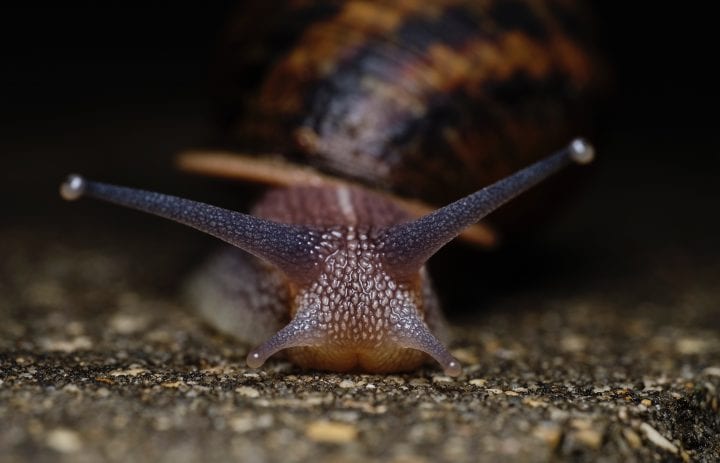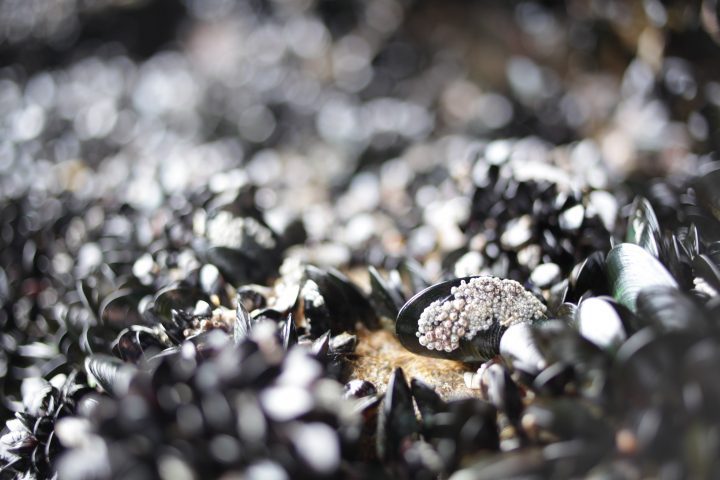Navigate Over Land
Organisms that navigate over land must avoid obstacles and find their way from one point to another. Because land lies at the interface of the ground and air, these organisms have the opportunity to use signals transmitted through both the ground or air, rather than relying on one potential source. To take advantage of this opportunity, these organisms must have strategies attuned to diverse signals, which may travel through multiple media. An example of an organism that navigates over land is a desert ant in Tunisia that senses smells from two different directions at once, forming a “mental map” of its surroundings.
Learn
Living systems obtain information from their environment and use it to find mates and resources, and to escape threats. Some reactions to gathered information are instinctual or innate behaviors, not based on previous experiences. But other reactions are based on previous experiences, which means that, at some level, the living system is learning. Learning can involve a living system passing information to another living system, or a living system obtaining information and using it in a feedback loop. That information can include knowledge, experience, behavior, and skills. Learning takes place when information that is new to the recipient is used to modify existing behavior or skills. The making and use of tools by some species of birds and mammals is a learned behavior. If a chimpanzee uses a stick to successfully get ants out of an ant mound and continues to do so, it has learned that behavior. If another chimpanzee observes this technique and replicates it, it has learned from the first chimp.
Sense Light (Non-visible Spectrum) From the Environment
Living systems interact with each other and with their environments to gain information. Sometimes that information is in the electromagnetic spectrum. Wavelengths in the electromagnetic spectrum are also called the non-visible spectrum, because humans can’t detect them with the naked eye. These include ultraviolet (UV) light, infrared (IR) light, radio waves, and other wavelengths. Detecting within these spectra requires strategies beyond those used for visible light, so many living systems that depend on these signals have specialized organs to do so. For example, beetles that feed on burned trees have sensory organs that detect infrared radiation emitted by fires, enabling them to quickly locate a burned area.
Move in/on Solids
To obtain needed resources or escape predators, some living systems must move on solid substances, some must move within them, and others must do both. Solids vary in their form; they can be soft or porous like leaves, sand, skin, and snow, or hard like rock, ice, or tree bark. Movement can involve a whole living system, such as an ostrich running across the ground or an earthworm burrowing through the soil. It can also involve just part of a living system, such as a mosquito poking its mouthparts into skin. Solids vary in smoothness, stickiness, moisture content, density, etc, each of which presents different challenges. As a result, living systems have adaptations to meet one, and sometimes multiple, challenges. For example, some insects must be able to hold onto both rough and slippery leaf surfaces due to the diversity in their environment.






